Following our desert experience, we made our way towards the Anti-Atlas region with a stop in Tamegroute where they are known for their green pottery before arriving in Zagora for one night. In the Draa Valley, the river gives life to palm plantations that create shelter and shade for other crops below. Families often have their own small plots within the larger plantations and it feels like a real community is a beautiful oasis. We even got to visit a local, Babu, who served us mint tea. Our riad was gorgeous with beautiful gardens and rooms. We could have easily stayed for longer!
The next morning we had to move on, this time towards Taroudant in the Sous Valley with stops in Tazenakht to see carpet weavers and Taliouine, the capital of saffron in Morocco. The next day, we pushed on again, towards Tafraout. Here the landscape started to remind me of the American Southwest. If you love geology, this area is amazing! We also got to see the famous Argan trees and the goats that love to eat their fruit. The trees can only grow in a small area in Morocco so they are wild and the argan oil is produced by women’s cooperatives. While you can buy oil for use in salad (it’s not a great cooking oil) it’s quite expensive so more commonly, you see it used for skin and hair. It is sometimes also called Moroccan oil.
Finally, we made our way to the coast, with a quick stop near Agadir before settling for two nights in Essaouira. I had pictured a quiet beach town but it was so windy that only kite surfers ventured out. Exploring the medina here was a lot of fun and even if you get lost, it’s small enough that once you find a gate or rampart, we were able to find our way back. There is a fort here that was also used in Game of Thrones (season 3). Essaouira is also known for its blue fishing boats which were fun to photograph.
Our last night was back in Marrakech. This time the sun was shining and we visited Majorelle Garden, built by French painter Jacques Majorelle and later owned by Yves St-Laurent and his business partner Pierre Bergé. Inside the garden, there is a beautiful museum dedicated to the Amazigh (Berber) people of Morocco. While the term “Berber” is still used frequently, it was clear to me that the Amazigh people do not like it because it comes from the term barbarian. Amazigh means ‘free man’ and they much prefer to be called that than Berber. Our guide Hassan is Amazigh so it was wonderful to learn more about his culture. He explained that since the protests in 2011-2012 (inspired by the Arab Spring), the king allowed for a referendum where 98.5% voted to have a new constitution that would include recognition of the Berber (Tamazight) language as an official language. So now, most signs on buildings will include it along with Arabic. French is also widely spoken in Morocco so it was helpful to be bilingual and be able to converse in French. English is not as common but with tourism, there are many guides, hotel staff and shop owners, especially in major cities, that will be happy to help.
Morocco was truly a wonderful country to visit and beautiful to photograph. If any of this has tempted you, please contact us about joining our September 2020 tour!
Missed the other blog post about our trip? Click on Part 1, Part 2 or Part 3 to get caught up!








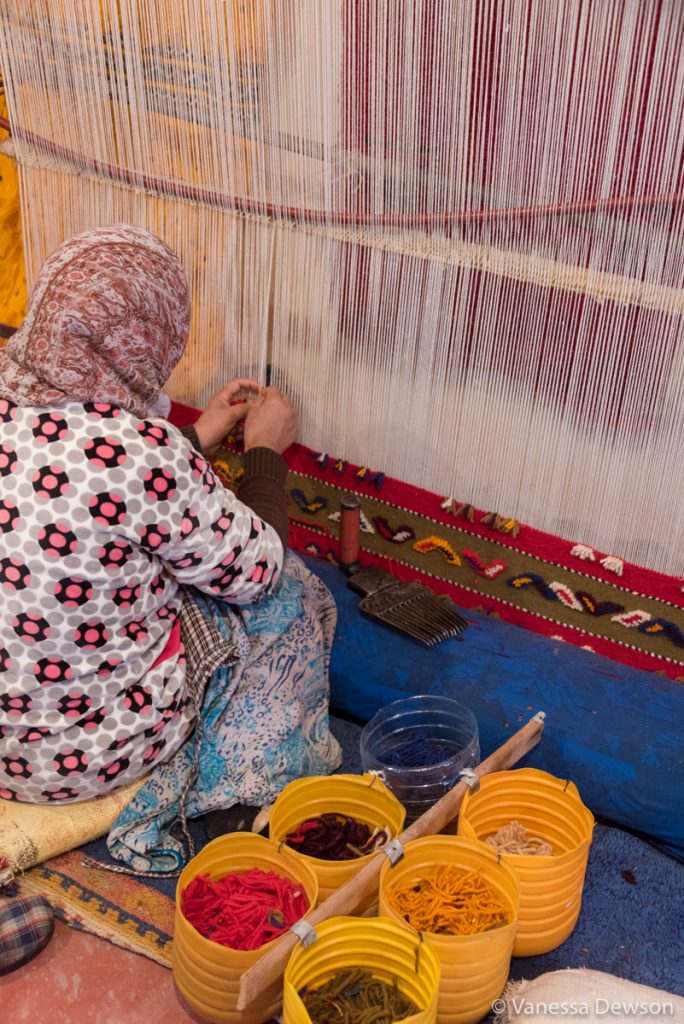
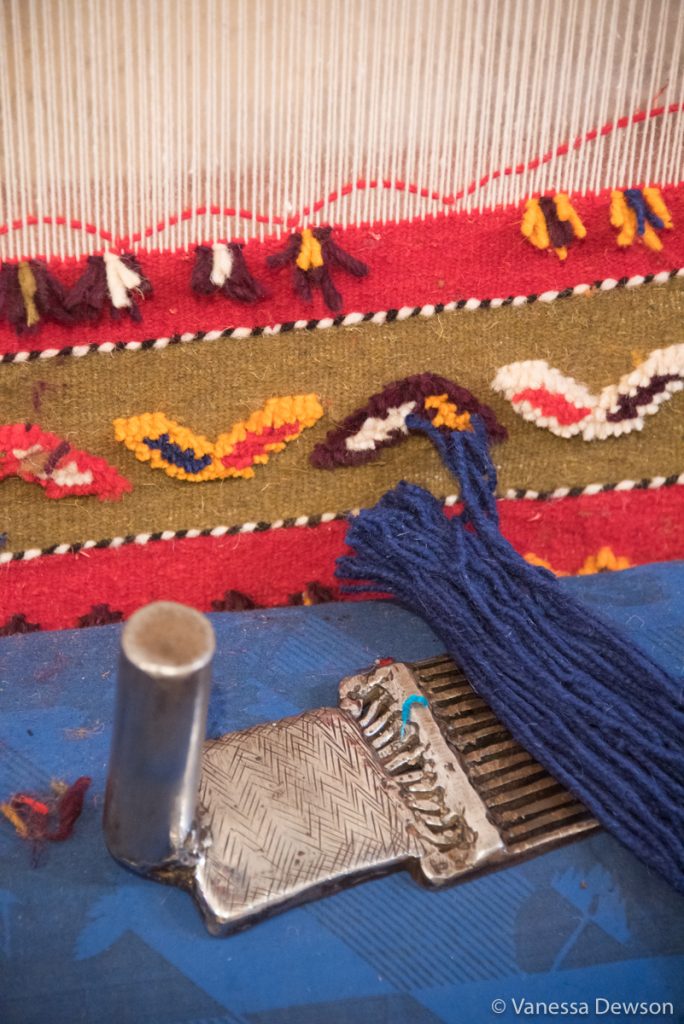






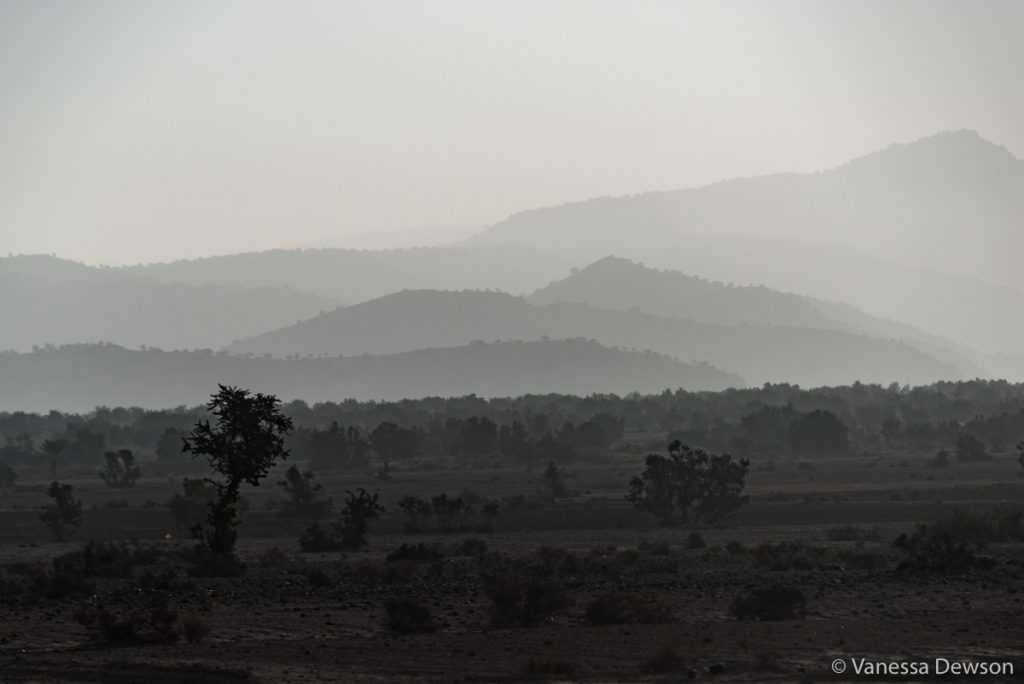






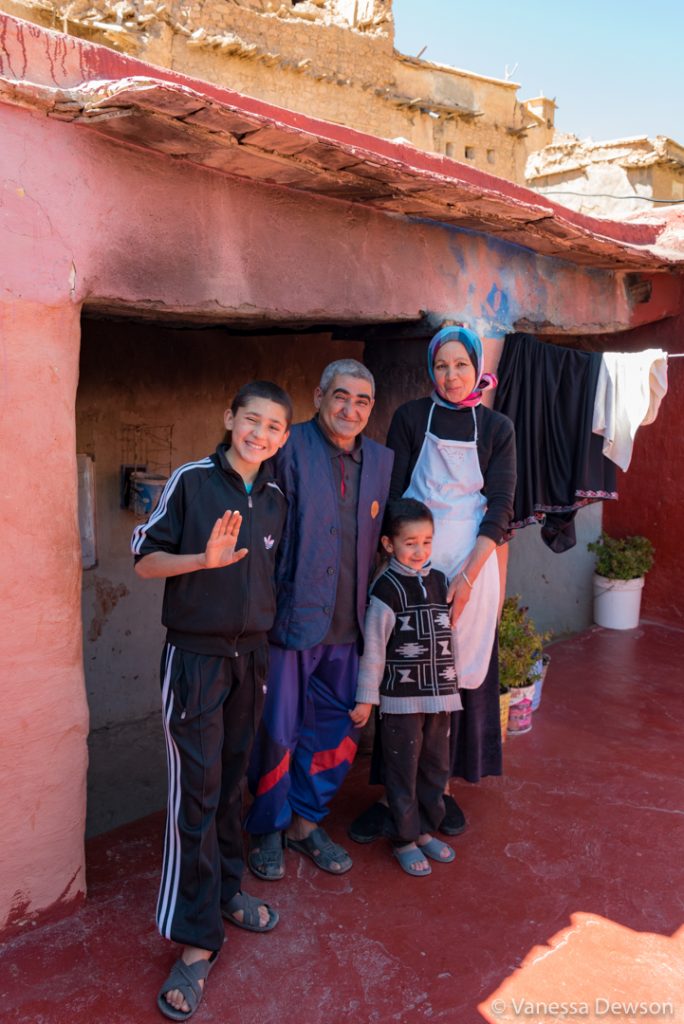












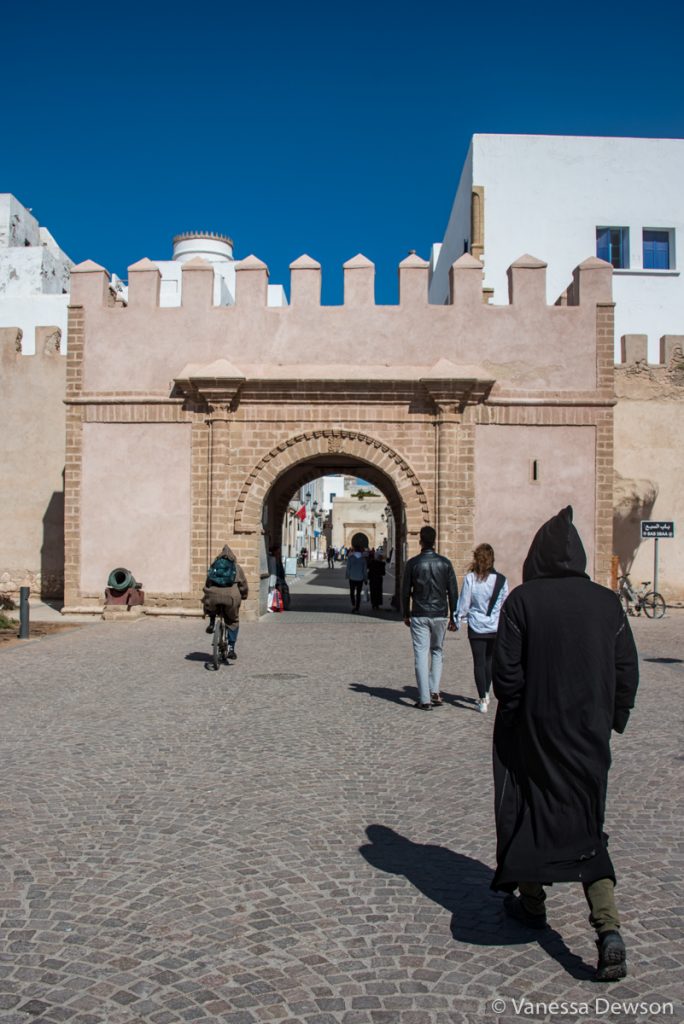





























1 thought on “Morocco – Part 4 (Anti-Atlas, Essaouira & Marrakech)”